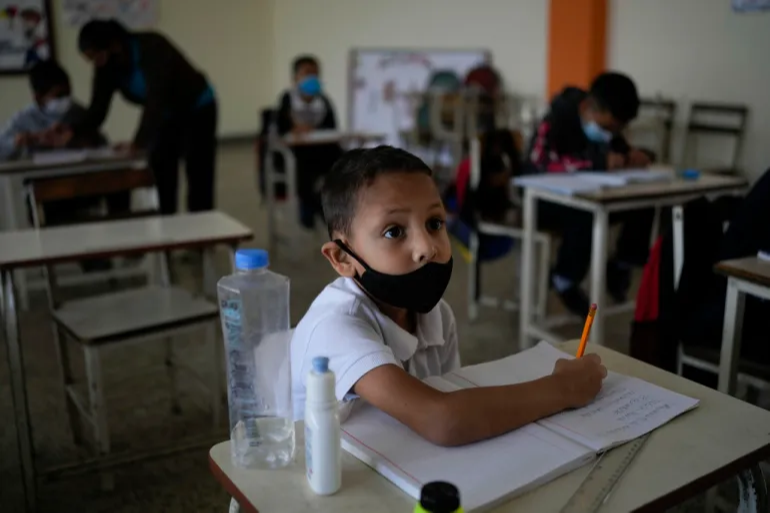
United Nations, July 14 (RHC)-- Approximately 3.3 billion people – almost half of humanity – now live in countries that spend more money paying interest on their debts than on education or health, according to a new United Nations report.
“Half our world is sinking into a development disaster, fuelled by a crushing debt crisis,” UN Secretary General Antonio Guterres told a press conference launching a report on Wednesday on the state of the world’s debt. “In 2022, global public debt reached a record $92 trillion and developing countries shoulder a disproportionate amount,” the UN chief said.
Because such a “crushing debt crisis” is concentrated mostly in poor developing countries, it is “not judged to pose a systemic risk to the global financial system”, Guterres said. “This is a mirage,” he said.
Financial markets may seem not to be suffering yet – but billions of people are and the levels of public debt “are staggering and surging”, he added. According to the report, the number of countries facing high debt levels has increased sharply from 22 nations in 2011 to 59 in 2022. And a total of 52 countries, almost 40 percent of the developing world, are in serious debt trouble, Guterres noted.
“In Africa, the amount spent on interest payments is higher than spending on either education or health. Developing countries in Asia and Oceania [excluding China] are allocating more funds to interest payments than to health,” the report states.
“Similarly, in Latin America and the Caribbean, developing countries are devoting more money to interest payments rather than to investment. Across the world, rising debt burdens are keeping countries from investing in sustainable development,” it adds.
Guterres said a growing share of debt is held by private creditors who charge sky-high interest rates to developing countries. As an example, he cited African countries that on average pay four times more for borrowing than the United States and eight times more than the wealthiest European countries.
The report says public debt has reached “colossal levels” largely due to two factors: First, countries’ financial needs soared as they tried to fend off the impact of cascading crises including the COVID-19 pandemic, the rising cost of living and climate change; and second, the global financial architecture “makes developing countries’ access to financing inadequate and expensive”.
Guterres told reporters that the International Monetary Fund says 36 countries are on “so-called `debt row’ – either in, or at high risk of debt distress.” “Another 16 are paying unsustainable interest rates to private creditors [and] a total of 52 countries – almost 40 percent of the developing world – are in serious debt trouble.”
UN trade chief Rebeca Grynspan stressed on Wednesday “the sheer magnitude and speed at which public debt has grown”, pointing to a more than fivefold surge since 2000, “significantly outpacing global GDP [gross domestic product] growth that has only tripled in the same period.”
Regionally, between 2010 and 2022, the amount of government debt increased by almost four times in Asia and the Pacific, three times in Africa, 2.5 times in Europe and Central Asia, and 1.6 times in Latin America and the Caribbean, Armida Alisjahbana, executive secretary of the UN Economic and Social Commission for Asia and the Pacific, told reporters.

